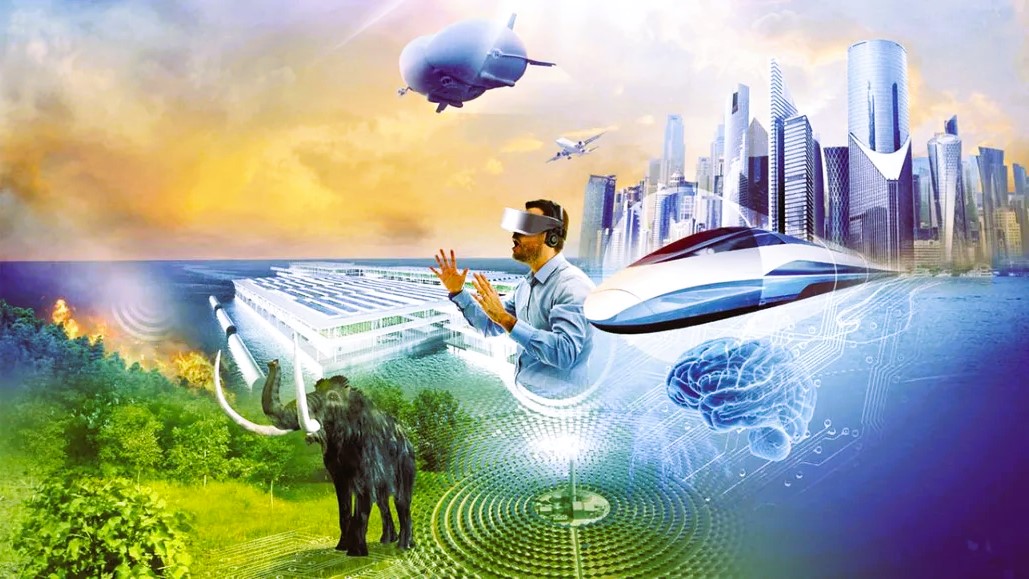In the rapidly evolving landscape of digital content consumption, RSS (Really Simple Syndication) remains a cornerstone technology for delivering and consuming information from websites, blogs, and other online sources. While RSS has been around for decades, its relevance and importance continue to grow as new trends and innovations emerge in the digital space. In this article, we’ll explore the future of RSS by discussing some key trends and innovations to watch in the coming years.
1. Integration with AI and Machine Learning
One of the most exciting developments in the future of RSS is the integration of artificial intelligence (AI) and machine learning technologies. AI-powered RSS readers and aggregators have the potential to revolutionize how users consume and interact with content by personalizing their feed recommendations based on their interests, preferences, and browsing behavior.
Imagine an RSS reader that learns from your reading habits over time and automatically suggests relevant articles, blogs, and news stories tailored to your interests. With AI and machine learning, RSS readers can become smarter and more intuitive, providing users with a more personalized and engaging content consumption experience.
2. Enhanced Multimedia Support

Another trend shaping the future of RSS is the increasing emphasis on multimedia content, such as videos, podcasts, and interactive media. As the demand for multimedia content continues to grow, RSS feeds are evolving to support a wider range of media types beyond traditional text-based articles and blog posts.
In the future, we can expect to see RSS feeds that incorporate multimedia elements seamlessly, allowing users to consume audio and video content directly within their RSS readers or aggregators. This shift towards multimedia-rich RSS feeds opens up new opportunities for content creators to engage with their audience and deliver more dynamic and immersive experiences. The role of RSS in social media marketing, read more here.
3. Blockchain Integration for Content Verification
With the rise of misinformation and fake news online, there is a growing need for reliable and trustworthy sources of information. Blockchain technology has emerged as a promising solution for verifying the authenticity and integrity of digital content, including RSS feeds.
By integrating blockchain technology into RSS feeds, content creators can cryptographically sign their content, ensuring that it has not been tampered with or altered in any way. This enhances the credibility and trustworthiness of RSS feeds, providing users with greater confidence in the content they consume and share.
4. Decentralized Content Distribution Networks
Traditional content distribution networks (CDNs) rely on centralized servers to deliver content to users, which can be vulnerable to censorship, downtime, and other issues. Decentralized content distribution networks, powered by blockchain technology and peer-to-peer networks, offer a more resilient and censorship-resistant alternative.
In the future, we may see the emergence of decentralized RSS feed networks that allow users to subscribe to and access content directly from content creators without relying on centralized intermediaries. This decentralized approach to content distribution provides greater resilience, security, and freedom of expression, empowering users to access information without censorship or restrictions.
5. Semantic Web and Linked Data

The Semantic Web, an extension of the World Wide Web that aims to make web content more machine-readable and interoperable, holds great promise for the future of RSS. By incorporating semantic web technologies such as linked data and RDF (Resource Description Framework) into RSS feeds, content creators can provide richer and more structured metadata about their content.
This semantic enrichment of RSS feeds enables more intelligent and context-aware content discovery and recommendation systems. RSS readers and aggregators can leverage this structured metadata to provide users with more relevant and personalized content recommendations, enhancing the overall content consumption experience.
Conclusion
In conclusion, the future of RSS is bright and full of exciting possibilities. From integration with AI and machine learning to enhanced multimedia support and blockchain integration, RSS is evolving to meet the changing needs and preferences of users and content creators alike. By embracing these trends and innovations, RSS has the potential to remain a vital and indispensable tool for content distribution in the digital age.
For further insights into the future of RSS and related technologies, please visit Wikipedia for additional information.


